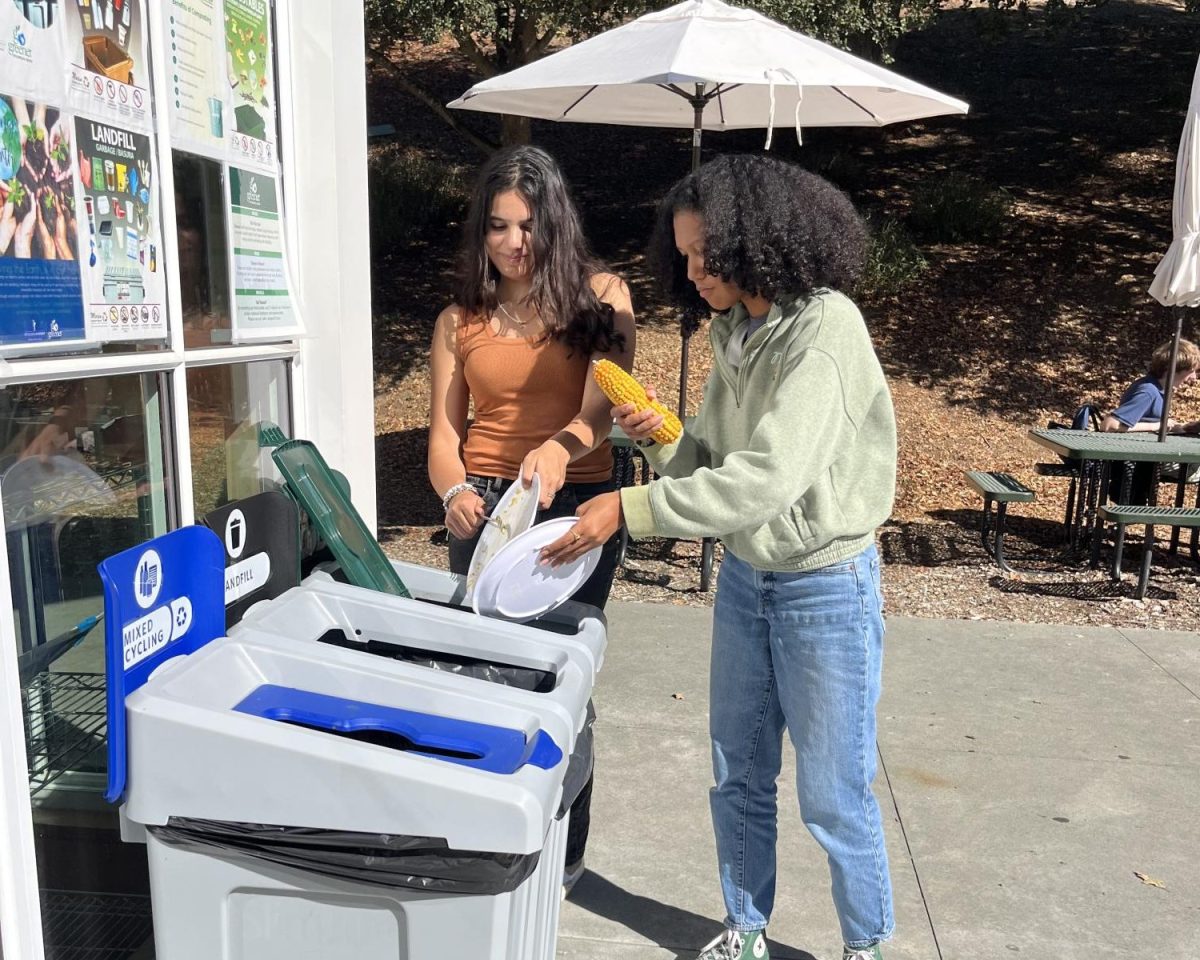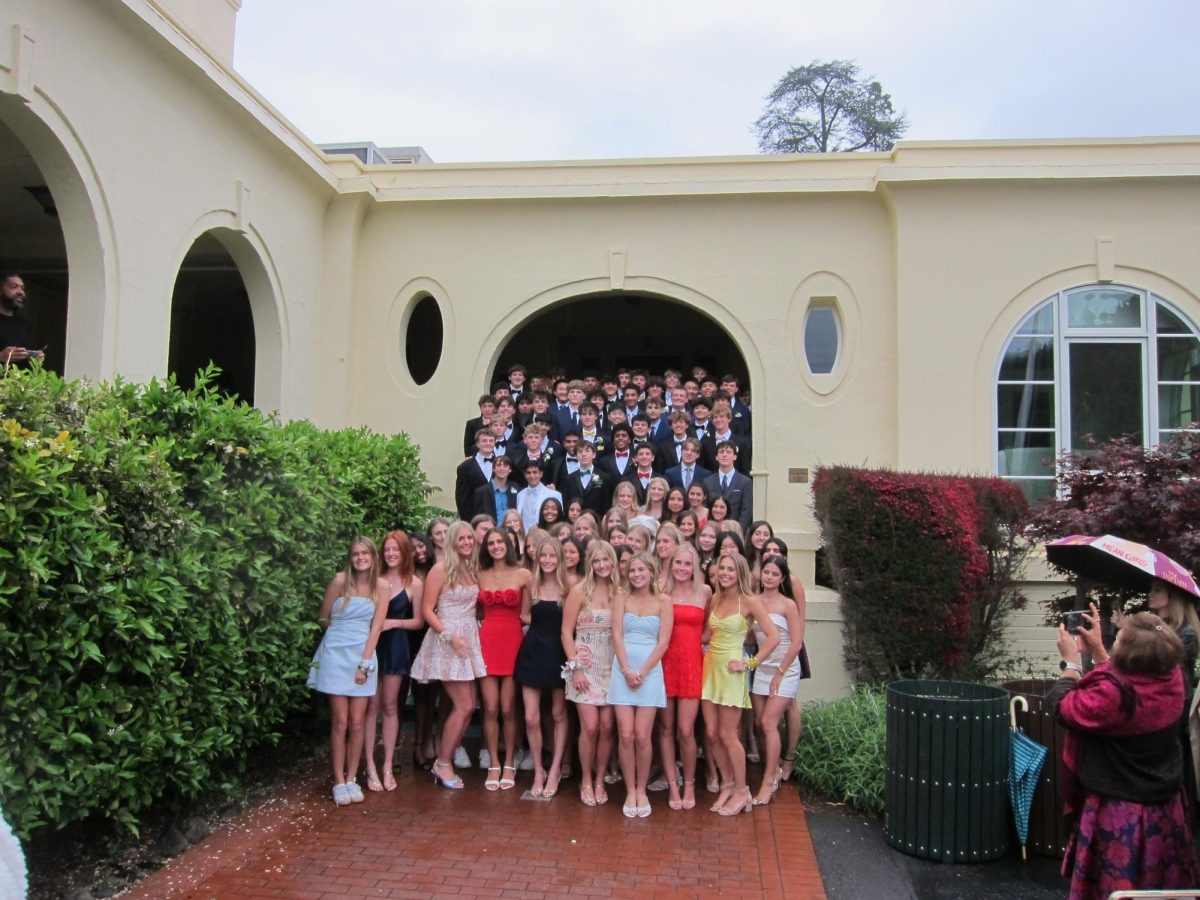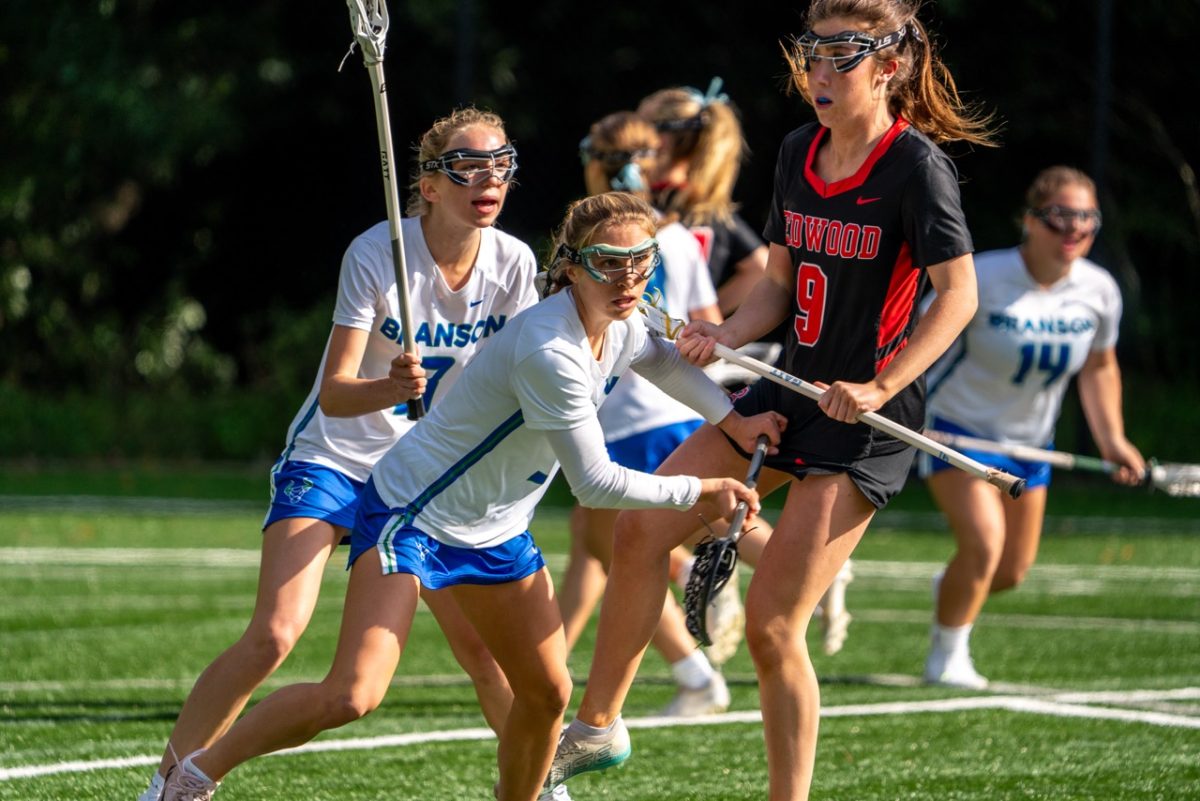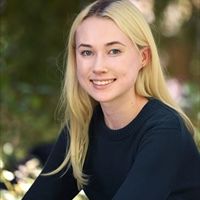The Environmental Action Committee, in line with its efforts to promote an eco-friendly Branson and at the urging of Marin County, has developed and implemented a new waste management system.
The digestion of organic waste into the environment releases greenhouse gasses, a major contributor to global warming, and the EAC sought out ways the school could help minimize its landfill waste stream in order to reduce the impact of this process.
“[The initiative] is the continuation of years of work, along with compliance with new Marin County laws,” said Eric Oldmixon, arts department chair and EAC faculty adviser.
Organic material in landfills breaks down without access to oxygen, creating methane gas, a heat-trapping climate pollutant. This process is the third largest source of human-caused methane in the U.S. However, because of methane’s relatively short atmospheric lifetime, acting now to reduce methane emissions can provide immediate benefits to the climate.
“For years we have known that research and been trying to create ways, [at Branson], to do that,” said Oldmixon. “And what was needed was the partnership between the facilities and maintenance staff, the kitchen crew, organizationally, us the school, and then most importantly, the students and teachers who are eating the meals.”
The waste management system of previous years, in many ways, proved ineffective. For one, the bags lining the compost bins themselves were non-compostable. Plus, members of the community frequently emptied their plates into incorrect bins.
“It was pointless, because if you contaminate the compost bin with one piece of trash, the whole bin has to get thrown out. So it wasn’t very effective,” said Paige Macy ‘25, a leader of the EAC.
Fortunately, changes have been made to address these inefficiencies.
“Now there are three clearly marked bins next to every dish disposal, and they have teacher monitors, with their yellow aprons that say ‘Branson Loves Composting,’ to make sure people understand the new system,” Macy said. “Now we’re composting correctly, and we’re compliant with California law.”
SB 1383 (California’s Short-Lived Climate Pollutant Reduction law), states that Branson is required to “keep organic materials out of the landfill and can receive fines if they do not comply.” It also requires the school to:
- Subscribe to compost service.
- Provide an adequate number of waste stations for collecting trash, recycling, and compost, along with clear signage.
- Educate staff on proper waste sorting on an annual basis.
- Inspect containers periodically to confirm correct sorting.
Learn more about California waste management.
Executive Chef Marcus Trigg of the Epicurean Group at Branson shared what the new protocol looks like from inside the kitchen.
“Currently, we’re using all fiber products for the large events on campus, that are compostable by Marin Sanitary standards,” he said. “And then we’re also using all real items outside, as far as forks, knives, napkins, cups and plates for the day-to-day lunch and breakfast use.”
Additionally, it involves ensuring that all students, faculty and staff put all food and fiber compost items in the proper bins.
“Ideally, the education is there, so you know what to compost,” Oldmixon said. “You make a decision, you scrape your stuff into the compost, and everything else from the commons is reusable to minimize those decisions.”
At the end of every day, Branson’s kitchen crew empties and weighs the compost bins in the commons to evaluate how much food is being wasted versus consumed. This allows them to assess the trends in daily food waste; Trigg still sees more than he would like to on many days.
“I want [students] to be more mindful of how much they’re putting on their plates, as opposed to what they’re eating,” he said.
From there, the compost is collected by Marin Sanitary Service, who sends it to the Homegrown Compost facility, approved for organic farming application. The compost is used by Sonoma and Napa vineyards, home gardeners, landscapers and municipalities.
For the compost to be usable, it must consist of food scraps, food-soiled paper, and yard waste only. Unlike industrial composting, a high heat digestion process, low-emission anaerobic digestion cannot handle hazardous materials — including biodegradable plastics.
“Sometimes in the commons we’d have disposable forks, and they were plastic but they said in giant letters, ‘compostable,’” said Macy. “They weren’t actually compostable in our system, because they were only compostable if you sent them to an industrial compost center.”
Many plastics labeled as biodegradable or compostable are petroleum-based and actually break down into microplastics.
“It was contaminating our compost,” she said. “Now it actually gets sent to a farm when it gets picked up.”
Oldmixon hopes that the new program can advance a broader goal of education for students on climate change and how conscious action can be our greatest weapon.
“Hopefully, it’ll be something that starts to develop itself [as] part of the integral ethos of the school, as opposed to lunch monitors and all that kind of stuff. In my mind, part of our honor code, part of our being as humans, as respectful to others, but also with respect to this beautiful place,” said Oldmixon. “And that starts with our literal cleaning up after ourselves, and it extends all the way to our use of resources on the planet. As a school, we’re trying to help develop those insights for students.”
Macy echoes this sentiment, saying that “there’s a push to be more environmentally friendly, and to educate students about the climate so that they’re well-rounded.”
“We’re a school — education is at the center of all of this, and I think it’s a missed opportunity,” said Oldmixon.
The EAC has been at Branson for years, but it was only last year that the eco-committee, made up of adults on campus, was established. Oldmixon and Peter Zdrojewski, a science teacher and the director of outdoor and global education, are its co-chairs.
“Last year, David Hanson suggested that in order to kind of promote that work, to be a little more organizational and less piecemeal, that we start this eco-committee,” Oldmixon said.
The committee includes representatives from the Parents’ Association and Macy as its student representative.
“And that was this year that we added the PA. After founding it last year, it began to expand to the student voice and the parent voice,” Oldmixon said.
Macy expressed satisfaction with the success of the eco-committee in helping the EAC accomplish its goals.
“The EAC has been pushing for [these changes] for a year or two,” she said. “And now they have this adult eco-committee that has more power. They’ve been able to get more things done.”
Indeed, the belief that the EAC should be a committee, as opposed to a club, is related to the fact that it creates tangible change on campus in addition to opportunities for leadership and advocacy.
“It’s been work by passionate people, and there’s elements: there’s the garden, there’s education involved, there’s connecting with other organizations and then there’s having a role in organizational change,” Oldmixon said. “Depending on the leaders, there’s been lots of really cool work done around campus over time that students had a real impact in.”
This, Oldmixon believes, is a key part of the picture when it comes to the EAC, its role on campus and its role in addressing the climate crisis.
“My sense is that, more and more, that crisis is so looming and so strong that people almost feel like there’s nothing they can do about it,” he said, “and that isn’t true at all. There’s a lot we can do.”
Now, with the exception of cups, of which a compostable version has yet to be found, whenever single-use products are needed, they will be compostable.
“I’ve noticed really, really excellent compliance,” said Oldmixon. “I’m curious how this is being received, and how we can continue to build towards those larger goals that many of us educators have in mind here, in addition to just not getting fined. It’s definitely the right thing to do.”




